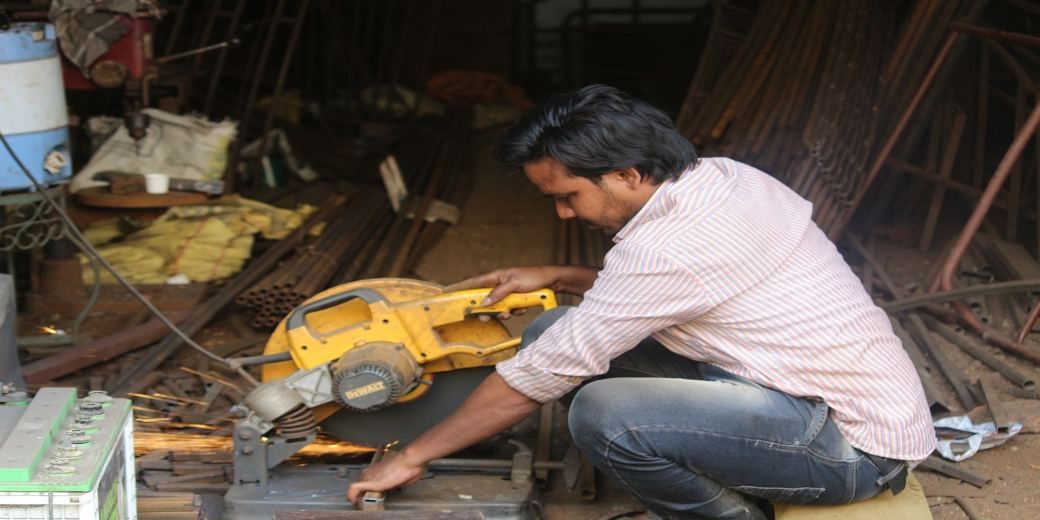India urges ILO for help to switch from minimum to living wages
Seventy-six years after the Minimum Wages Act, the government has requested the ILO to provide technical help in order to migrate to the concept of living wage

The Minimum Wage Act of 1948 is one of Independent India’s first labour welfare laws that paved the way for a protection of basic sustenance of a worker and his/her family. Seventy-six years after that landmark legislation, the government has requested the International Labour Organization (ILO) to provide technical help in order to migrate to the concept of living wage, The Economic Times has reported. The target year for the switch: 2025.
The ILO is expected to help formulate a framework to introduce the new concept.
Living wages has been defined by the ILO as a level of income that is necessary for a worker to meet basic needs keeping in mind the crucial expenditures such as food, housing, healthcare, clothing and education. Needless to say, the level of living wage would be higher than minimum wages that, in effect, just offer a subsistence-level income.
“We could go beyond minimum wages in a year… We have sought help from ILO for capacity building, systemic collection of data and evidence of the positive economic outcomes resulting from the implementation of living wages,” a bureaucrat told the newspaper on conditions of anonymity.
The ILO put its stamp on this landmark concept on March 14 when the 350th governing body meeting in Geneva came to an end.
For India, the sheer number of people that could be impacted by this switch is huge. There are over 50 crore workers in India – far more than the entire population of the US and Russia – and 90% of them work in the unorganised sector. They depend on a low Rs 176 – or a sum close to that figure – as minimum wage – and the final figure depends on the state where they work. Incidentally, the Rs 176 rate is not binding on any state. Moreover, despite soaring inflation over the past few years, the floor rate of wages in the country has not been revised since 2017.
Incidentally, the Code on Wages was one of the four labour codes passed in 2019 but remains to be implemented. It envisages a floor rate that will be binding on all states. However, it would come into effect once it is implemented. A panel headed by Anoop Satpathy suggested a floor rate of minimum wages of Rs 375 but it was relegated to the backburner with the pandemic spreading.
India, by virtue of being a founding member of ILO has a permanent seat on its governing body since 1922.
Experts think living wages, if they could effectively replace minimum wages, could accelerate India’s effort to achieve the sustainable development goals (SDGs) by 2030. It would also help the government pull many people out of poverty quickly.
“National Multidimensional Poverty Index in India measures simultaneous deprivations across the three equally weighted dimensions of health, education and standard of living that are represented by 12 sustainable development goals-aligned indicators. Living wage definition must incorporate these dimensions,” Union labour secretary Sumita Dawra wrote to the UN. She emphasised that the standard of living component must include the components of economic, social and demographic factors, health, education and standard of living that would serve as key indicators to arrive at a definition of living wages for developing countries.